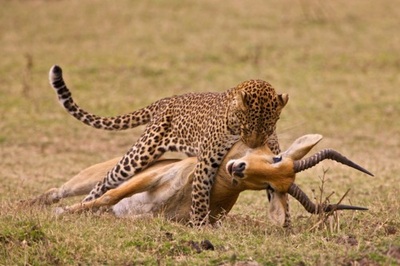

They often are camouflaged, and may be solitary. These organisms usually hide quiet and wait for prey to come within striking distance. They capture or trap prey by stealth or strategy (not conscious strategy), rather than just by speed or strength. Ambush predator Ī female goldenrod crab spider ( Misumena vatia) capturing the female of a pair of mating flies.Īmbush predators or sit-and-wait predators are carnivorous animals or other organisms, such as some carnivorous plants.

Predators mostly do not eat other predators. Examples of predators are hawks, eagles, falcons, cats, crocodiles, snakes, raptors, wolves, killer whales, lobsters, lions, and sharks. Predators will hunt other animals for food. Predators are usually carnivores (meat-eaters) or omnivores (eats plants and other animals). A top predator or apex predator is one that is not the prey of other predators. The animals that the predator hunts are called prey. For example, a spider eating a fly caught at its web is a predator, or a pack of lions eating a buffalo. A true predator can be thought of as one which both kills and eats another animal, but many animals act as both predator and scavenger.Ī predator is an animal that hunts, catches, and eats other animals. But the act of predation always causes the death of its prey and taking in the prey's body parts into the predators body. Predators may or may not kill their prey before eating them. A predator catches, attacks, and eats its prey. In ecology, predation describes a relationship and actions between two creatures.
#Example of prey animals full#
Indian Python swallowing a full grown Chital deer at Mudumalai National Park.


 0 kommentar(er)
0 kommentar(er)
